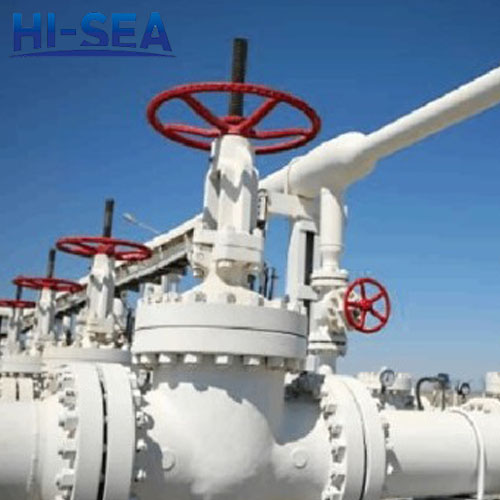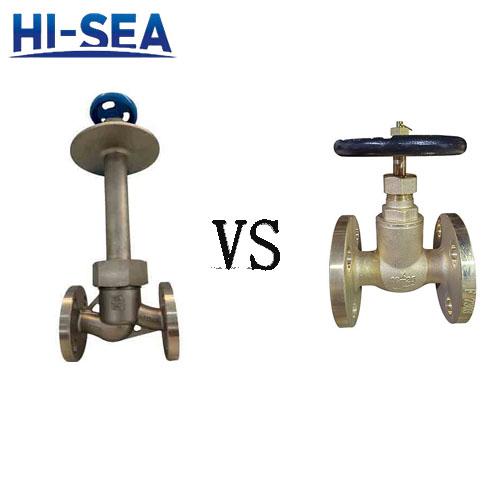1.Different standards
API valves: strictly follow the American Petroleum Institute (API) standards (such as API 6D, API 598, API 600, etc.), designed for oil, natural gas, chemical and other high-risk industries to meet the needs of high-pressure, high-temperature, corrosive and other extreme working conditions.
Ordinary valves: usually based on general industrial standards (such as ISO, JIS, ANSI) or corporate standards, applicable to water treatment, HVAC, light industry and other conventional environments.
2.Design structure and material differences
API valve:Structural design: redundant sealing design (such as double sealing structure), fire and anti-static design (API 607/6FA), extended stem, anti-blowout structure, full bore/reduced diameter options (to reduce pressure loss) to ensure safety and leakage prevention performance.
Material Grade: Selection of high strength carbon steel, alloy steel, stainless steel or special alloys (such as Inconel), corrosion and washout resistance is stronger.
Ordinary valves:Materials are mostly cast iron, low-grade carbon steel or ordinary stainless steel, simplified structure, suitable for low and medium pressure, non-corrosive media.
3.Testing and certification requirements
API valve:100% pressure test: Shell strength test and sealing test (e.g. high pressure gas sealing test) according to API standard.
Third-party certification: need to be audited by the API certification body, part of the need to provide fire test (API 607/6FA), low-temperature impact test.
Ordinary valves:Usually only sampling hydraulic test, certification requirements are lower, no API mandatory certification.
4.Pressure and temperature range
API valves: pressure level: Class 150 ~ 2500 (up to 420bar)
Temperature range: -196 ℃ (LNG) to +600 ℃ (high temperature steam)
Ordinary valves: Pressure class: PN10~40 (≤40bar)
Temperature range: -20℃ (cold water) to +200℃ (low pressure steam)
5.Medium applicability
API valve: applicable to highly corrosive media (H₂S, CO₂, acidic crude oil), particle-containing abrasive media (coal slurry, slurry) and ultra-low/high temperature media (LNG, steam).
Ordinary valves: mainly used in water, air, oil and other non-corrosive media, clean fluids without particles.
6.Applicable Scenarios and Reliability
API valve:Applicable to oil and gas pipelines, refineries, LNG terminals, offshore platforms and other harsh environments, long-term resistance to hydrogen sulfide, high pressure steam and other media. Low failure rate, design life of up to 20 years or more, reducing downtime maintenance costs.
Ordinary valves:Suitable for mild working conditions such as city water supply, HVAC, low pressure steam, etc., prone to leakage or structural failure under extreme conditions.
Selection of valves is like selecting equipment – daily watering with ordinary valves enough, but on the oil field, into the refinery? Must send the API valve this “special forces”!




